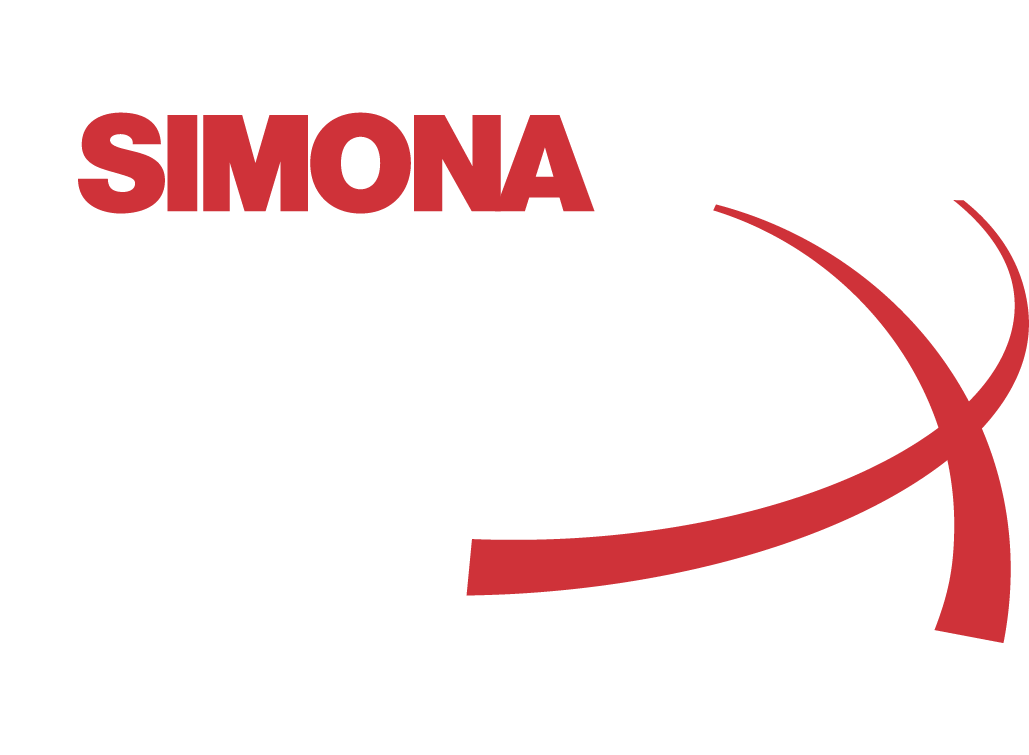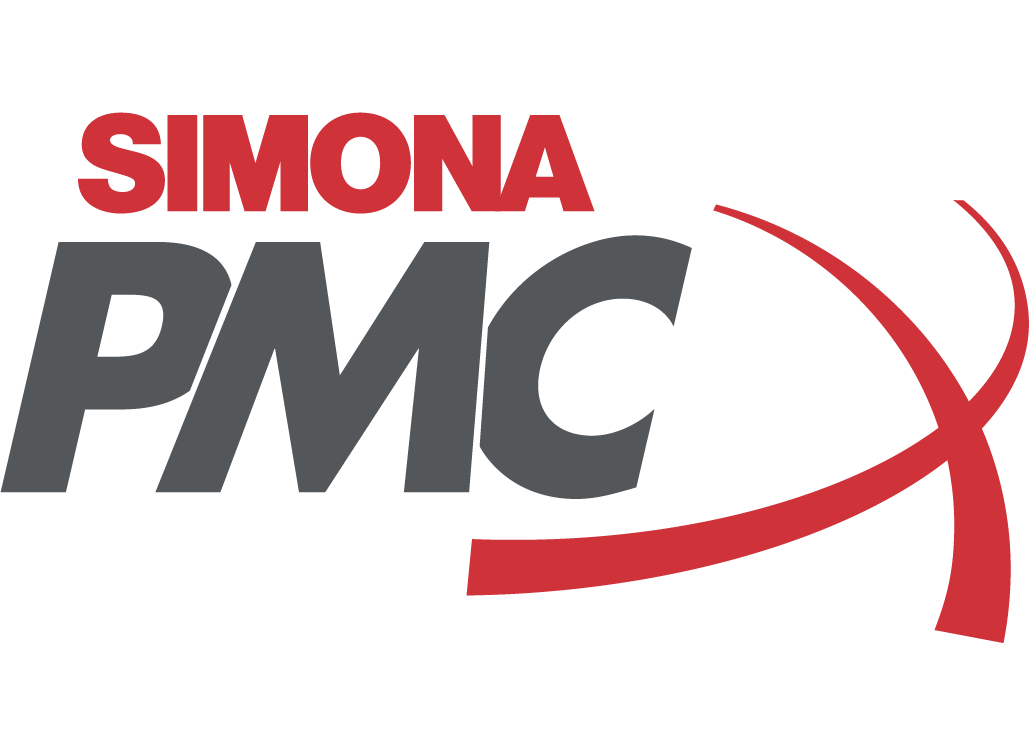
What can I use to clean SIMONA PMC materials?
-
- TPO
- Isopropyl alcohol or Simple Green® cleaners work well. Avoid oil-based products.
- ABS or ASA
- Simple soap and water are the best option. Avoid ketones or degreasers. Weak acids or bases may be used with thorough rinsing with water after cleaning.
- Acrylic
- Fantastic® brand cleaner, Formula 409®, Mineral Oil, or just standard soap and water will work with acrylic. Avoid solvents like Ethyl Acetate or Methyl Ethyl Ketone (MEK).
- OneStep®
- Most staining can be cleaned using a clean white cloth and a soap and water solution. Dawn® dish soap is a good option.
- For more severe stains a 10% chlorine bleach solution with water can be used. Thoroughly rinse with 100% water after cleaning.
- Exultra®
- Isopropyl alcohol or Simple Green® cleaners work well. Avoid oil-based products. Be careful when cleaning as the soft surface mars easily.
- TPO
- Is any information available on materials used for radomes?
- SIMONA PMC has done some testing for electrical properties on our PMC® 750 product, high gloss capped high melt strength TPO. The datasheet with the electrical properties included can be found below (Click here). For information or samples on other products, contact
- Is there a TPO for high service temperatures?
- Yes, PMC® 802 and PMC® 815 are two options for both high stiffness and high heat parts. PMC® 802 is a mineral-filled grade that offers a flexural modulus of 570,000 psi and HDT of 240°F at 66 psi. PMC® 815 is a short glass filled TPO product offering flexural modulus of 536,500 psi and HDT of 293°F at 66 psi. Find their full TDS here (Click here).
- What are SIMONA PMC’s standard quality tolerances?
-
- Specific quality tolerances differ by product and end customer requirements but as a standard PMC uses the following standard tolerances:
- Length: target +/- 1/4″
- Width: target +/- 1/8”
- Gauge: target +/- 5%
- Color: <1.5 DE* compared to approved color chip
- Specific quality tolerances differ by product and end customer requirements but as a standard PMC uses the following standard tolerances:
- Are SIMONA PMC materials REACH Compliant? RoHs? Proposition 65?
- See link for our statements on REACH and RoHS (Click here).
- Proposition 65 compliance is determined on a product-by-product basis and based upon review of raw material supplier SDS information. In general, ABS based products can contain trace amounts of un-reacted acrylonitrile and ethylbenzene, <0.01%. Acrylic containing products may contain trace amounts of ethyl acrylate.
- Where can I find information on conflict materials compliance?
- See link to our conflict minerals product declaration (Click here).
- Where can I find a copy of your ISO certificate?
- SIMONA PMC is ISO 9001:2015 certified. The most recent certificate can be found here.
- What material options does SIMONA PMC offer for FMVSS 302 compliance?
- A number of SIMONA PMC products are FMVSS 302 complaint. This includes OneStep® 4100, PMC® 200, PMC® 210, PMC® 300, PMC® 310, PMC® 700 and PMC® 805. SIMONA PMC does not conduct FMVSS 302 testing in house but relies on raw material supplier testing for compliance information. Please inquire if FMVSS 302 information is required for other existing SIMONA PMC products.
- Are any SIMONA PMC materials FDA 21 CFR 181.32 compliant?
- Certain PMC® 200 Series, PMC® 300 Series, PMC® 1200 Series and PMC® 1300 Series products can be produced with FDA 21 CFR 181.32 compliant raw materials. If this is a requirement, please be sure to indicate to your sales representative when requesting a quote so proper colorants, additives and other materials can be specified.
- What UL 94 ratings are available in SIMONA PMC materials?
- Most SIMONA PMC products meet UL 94 HB. The exception in PMC 703, which is UL 94 V-1 compliant.
- Where can I get starting point recommendations for thermoforming or downstream processing of SIMONA PMC products?
- A detailed guide is available for OneStep® materials (Click here). For other thermoforming or technical assistance, reach out to our experiences team of technical experts (Click here).
- Where can I find SDS and TDS information?
- On www.SIMONA-PMC.com you can find our Technical Datasheets under the Resources tab (Click here). If a datasheet you desire is not present on our website, please contact your customer service representative (Click here).
- SDS are available under the individual product pages in the Products tab. If SDS is not available for your specific product, please contact a customer service specialist for assistance obtaining an SDS (Click here).
- What is pinking and can I repair it?
- Pinking is typically seen in polyolefin materials, although it is possible in other polymers as well. The discoloration is most obvious in white or light colored products that contain phenolic compounds. When these compounds oxidize the pink (or sometime yellow) discoloration can occur. Many polymers contain phenolic-based antioxidants in order to help with processing and thermal stability of the material. Thankfully, the discoloration is cosmetic only and does not affect physical properties. The issue can be reversed with UV light exposure. For more information on pinking, see our guide (Click here).

